The Gift of Books
To a book lover, gift books may be a term too specifically applied to one subset of literature; all books are gifts. So what inspires the name of gift books when any other book can make its way into holiday or birthday wrapping? Whatever that special quality may be, it is surely found in these eight books reviewed in our September/October 2017 issue.
Bark
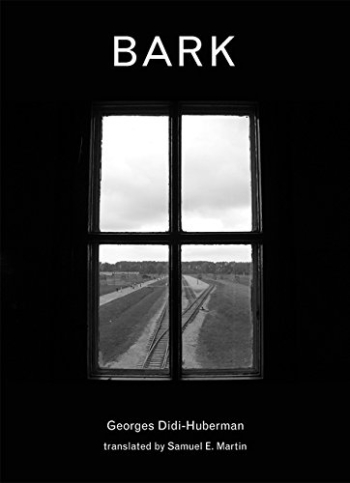
Georges Didi-Huberman
Samuel E. Martin, translator
The MIT Press
Hardcover $16.95 (136pp)
978-0-262-03684-9
Buy: Local Bookstore (Bookshop), Amazon
Back again to the ongoing attempt to wrap one’s brain around the unwrappable, the unbrainable evil that was the Holocaust. This time in the guise of a tiny book of photos and reflections on Auschwitz-Birkenau.
Birken, German for birch, gives us Birkenau—the meadow where the birches grow—the largest of the Auschwitz death camps between 1941 and January 22, 1945, when the Nazis set the last charges of dynamite to destroy evidence of the crematory ovens before the first soldiers of the Red Army arrived. “This is why the ground assumes such importance for a visitor to this place. One has to look as an archaeologist looks: in this vegetation lies an immense human desolation; in these rectangular foundations and these heaps of bricks lies all the horror of the mass gassings; … in these tranquil marshy surfaces lie the ashes of countless people murdered.”
Georges Didi-Huberman’s grandparents were murdered in front of these same birches. During his visit on a hot June day back in 2011, with nature “flourishing on all sides: innocent, brimming, persisting in its work of life,” he was of a mind that he could only point his camera aimlessly, without really looking, but it was these photographs that provided him the means to create a poetic, exceedingly beautiful narrative of “words and images unseparated.”
MATT SUTHERLAND (September 21, 2017)
Origins of a Story
202 True Inspirations Behind the World’s Greatest Literature
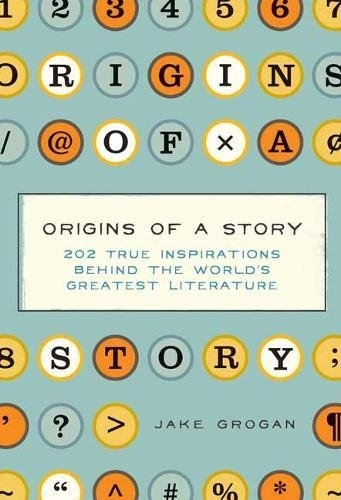
Jake Grogan
Cider Mill Press Book Publishers
Hardcover $24.95 (304pp)
978-1-60433-751-8
Buy: Amazon
Stories have stories, and when these stories are about stories like To Kill a Mockingbird or Frankenstein or Lolita or Charlotte’s Web or another classic, beloved novel, those stories take on great meaning.
Of Infinite Jest, in an interview with Salon, David Foster Wallace said that after the funny and heavy, intellectual writing he’d done over the years, he
wanted to do something sad … about what it’s like to live in America around the millennium … There’s something particularly sad about it, something that doesn’t have very much to do with physical circumstances, or the economy, or any of the stuff that gets talked about in the news. It’s more like a stomach-level sadness.
And, knowing that, suddenly his novel changes in our memories.
Of Rabbit, Run, in an interview with the National Book Foundation, John Updike said
I suppose I could observe, looking around me at American society in 1959, a number of scared and dodgy men. And I felt a certain fright and dodginess within myself. This kind of man who won’t hold still, who won’t make a commitment, who won’t quite pull his load in society.
This is the manner of captivating material Jake Grogan has compiled in Origins of a Story. If you’ve wondered how your favorite masterpieces got their starts, the itch can now be scratched.
MATT SUTHERLAND (September 21, 2017)
Paperbacks from Hell
The Twisted History of ’70s and ’80s Horror Fiction

Grady Hendrix
Quirk Books
Softcover $24.99 (256pp)
978-1-59474-981-0
Buy: Local Bookstore (Bookshop), Amazon
As trends in genre fiction go, you’d be hard pressed to find a more indelible example than the paperback horror novels of the 1970s and 1980s. All manner of depravity, from Nazi leprechauns, psychic spawn, ghost trains, and flesh-eating Vikings to trained killer mantises, swarms of killer moths, feral frogs, and silver-coated rabbit gods—you can’t make this up. Oh yes, they did.
Paperbacks from Hell, from genre-bending novelist Grady Hendrix, is a hugely entertaining history of the horror books from those fear-filled times. June of 1971 marked the breakouts of Thomas Tryon’s The Other and William Peter Blatty’s The Exorcist, which stayed on the New York Times bestsellers list for fifty-five weeks, and suddenly it was game on for another twenty-plus years, until Silence of the Lambs “convinced marketing departments to scrape the word horror off spines and glue on the word thriller instead.”
In addition to Hendrix’s tales of how the publishing industry and Hollywood exploited the horror wave, Paperbacks from Hell colorfully reprints 350 of the most outrageous, creepy, and gruesome covers.
MATT SUTHERLAND (September 21, 2017)
Tasting Georgia
A Food and Wine Journey in the Caucasus
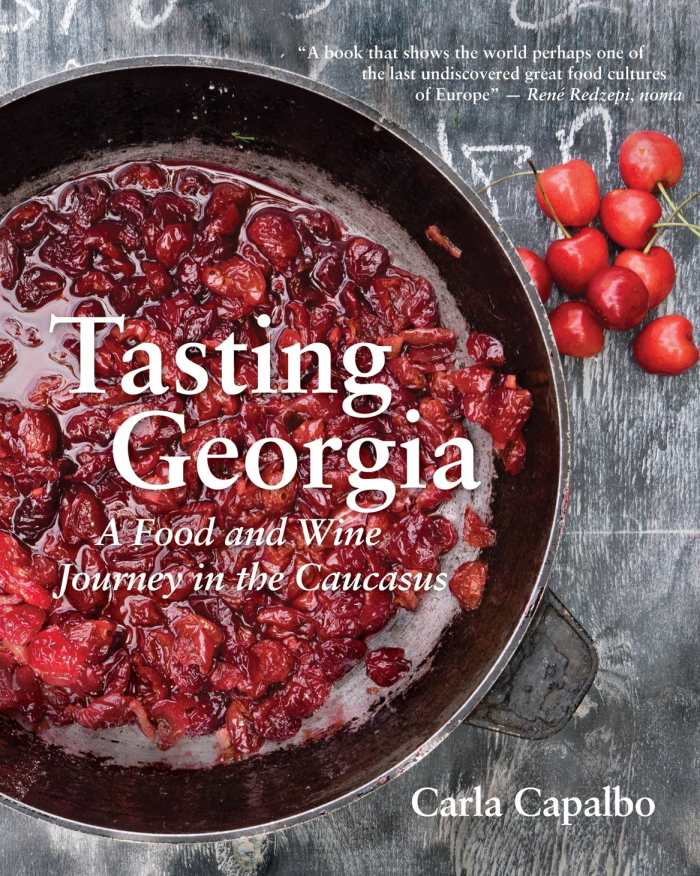
Carla Capalbo
Interlink Books
Hardcover $40.00 (464pp)
978-1-56656-059-7
Buy: Local Bookstore (Bookshop), Amazon
Ancient, enigmatic Georgia, enviably positioned between the Caucasus Mountains and the Black Sea, lays claim to one of history’s greatest civilizing feats: the first domestication of wild grapes more than five thousand years ago. This means that Georgian grape growers developed the genetic ancestors of all the noble winemaking vinifera (Chardonnay, Cabernet Sauvignon, Pinot Noir, etc.) now grown the world over. Forevermore, every Champagne toast should begin and end with Georgia on your mind.
The latest of Carla Capalbo’s dozen-plus regional books that expansively cover the culture of food and wine production—chefs, farmers, winemakers, grape growers, recipes, in-depth historical detail, and high-quality photography—Tasting Georgia divvies up the country into ten regions (ten chapters), from capital city Tbilisi in the southeast to Guria and Adjara on the northern Black Sea coast. And while the style of cooking and local dishes are distinct as you move about, and interesting details about the country’s lengthy, complicated history keep the pages turning, it’s the photos and descriptions of individual winemaking operations still utilizing thousand-year-old methods that capture the imagination. An agricultural country of stunning beauty far removed from the bustle of tourism-weary western Europe, Capalbo has done the great service of bringing the country’s treasures within reach of any visitor through the use of maps, listings of hundreds of places of interest, and suggested itineraries.
MATT SUTHERLAND (September 21, 2017)
Nothing Left Behind
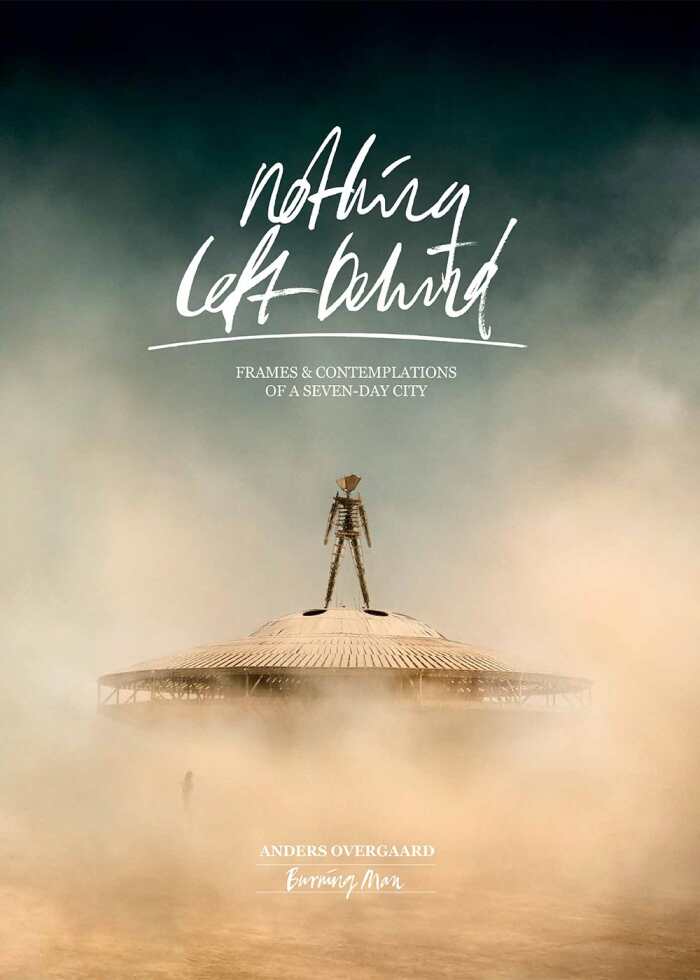
Anders Overgaard
Anders Overgaard
Hardcover $195.00 (196pp)
978-0-692-92810-3
Buy: Amazon
Burning Man, festival beyond words in Nevada’s Black Rock Desert, attracts 70,000 utopians for a weeklong experiment in barter, selfless giving, artistic self-expression, and unchecked revelry. But don’t get the wrong idea. The event also has its own ethos—these temporary citizens of Black Rock City adhere to ten main principles: Radical Inclusion, Gifting, Decommodification, Radical Self-reliance, Radical Self-expression, Communal Effort, Civic Responsibility, Leaving No Trace, Participation, and Immediacy.
Past attendees use words like “changed me forever,” “I’ll never be the same,” and the occasional “damn, that was fun, though I don’t remember much.”
Internationally acclaimed photographer Anders Overgaard was sent on assignment to cover the 2013 event, and this extraordinary book of photos came as a result. From intimate profiles of celebration to burning structures to innovative artworks, he captured “this roaring monster” in all its mesmerizing complexity.
MATT SUTHERLAND (September 21, 2017)
Secret Marvels of the World
360 Extraordinary Places You Never Knew Existed and How to Find Them
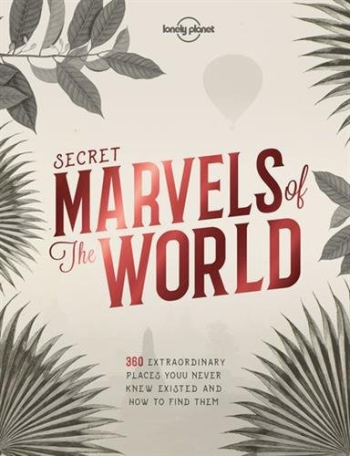
Lonely Planet
Lonely Planet
Hardcover $24.99 (304pp)
978-1-78657-865-5
Buy: Local Bookstore (Bookshop), Amazon
Lonely Planet wants you to visit the far reaches of weird. Are you prepared for three hundred jars of human brains in Lima’s Museo del Cerebro? How about the sight of ten million hay-colored bats flying over your head as you wander through the Mushitu swamp forest in Zambia’s Kasanka National Park? Maybe you’d prefer a lighthearted stroll among eight hundred whimsically painted wooden tombstones in Romania’s Merry Cemetery? Or, ever more grimly, the permanent shadows of atomic-bomb victims on certain city streets and walls of Hiroshima?
Yes, the Egypt’s great pyramids are marvels, and New York’s Gay Pride Parade is crazy weird, but those top tourist destinations are overrun with visitors. With this beautiful coffee-table guide to 360 little-known places, Lonely Planet does what it does best: gets you off the beaten path.
MATT SUTHERLAND (September 21, 2017)
The Wilds of Poetry
Adventures in Mind and Landscape

David Hinton
Shambhala
Softcover $22.95 (328pp)
978-1-61180-460-7
Buy: Local Bookstore (Bookshop), Amazon
All the world’s Jews, Christians, Muslims, Hindus—they’re peas in a faith-based pod. But Buddhists don’t belong in there. No, the Buddhist gig is more about waking up to what’s real, realization of how the universe really works, our essential oneness with it all. No gods to worship, only the limitless potential of the self.
Whoa Nelly! Those are some wild ideas, said the Western, English-thinking mind back in the nineteenth century when the first Taoist and Zen texts started to cross the Pacific. And only the likes of poets extraordinaire Henry David Thoreau and Walt Whitman could go there in spirit, as Thoreau did on Mount Ktaadin when he experienced “a moment where all the explanations and assumptions fell away, and he was confronted with the wonderful, inexplicable thusness of things.”
Other poets picked up the thread—Ezra Pound, William Carlos Williams, Gary Snyder, W. S. Merwin—and in The Wilds of Poetry: Adventures in Mind and Landscape, we can glimpse the expansive minds of these greats as they seek answers to some of the most profound questions possible about who we are and where we are. David Hinton, author of Hunger Mountain, Existence: A Story, and numerous translations of Chinese philosophy and poetry, is perhaps the only guide capable of leading this rewilding expedition to bridge modern American poetry with ancient China’s Taoist and Zen traditions.
MATT SUTHERLAND (September 21, 2017)
Eating Eternity
Food, Art and Literature in France
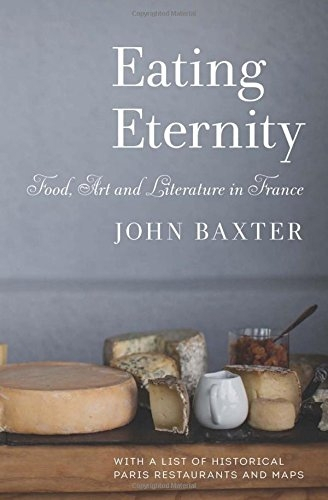
John Baxter
Museyon
Softcover $19.95 (272pp)
978-1-940842-16-5
Buy: Local Bookstore (Bookshop), Amazon
God felt so guilty about creating France as the most beautiful place in the world that he somehow needed to make amends. So he created the French people.
Bada bing! But he also sprinkled the population with incomparable French chefs and winemakers—and with decadent servings of foie gras and truffle-stuffed grouse washed down with goblets of Gevrey Chambertin, the world grew to overlook God’s snub.
To be sure, France’s extraordinary geography and climate—warm Mediterranean shores to Normandy’s chilly Atlantic coast and all manner of fertility in between—provided the ingredients for a culinary scene unlike any other. In the delightful foodie stories throughout the twenty-nine chapters of Eating Eternity, we dine with a fascinating cast of historical figures: Louis XIV, Dom Perignon, Napoleon, Victor Hugo, Escoffier, Hemingway, Dali, and others, and learn how food influenced the country’s kitchens, dining tables, canvas, and printed page.
MATT SUTHERLAND (September 21, 2017)
Matt Sutherland

